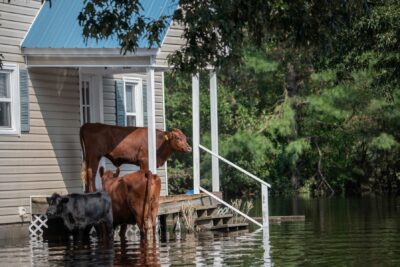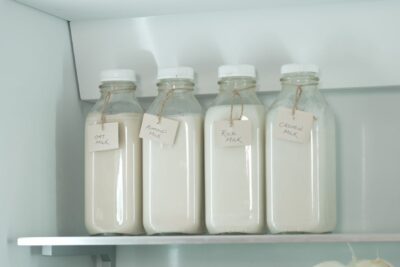Although we don’t hear nearly enough from the news or governments about the links between animal agriculture and climate change, the evidence is clear that the industry is amongst the biggest emitters of climate-harming greenhouse gasses (GHGs).
It seems it has become politically toxic to highlight the climate truths about animal agriculture, as governments and news outlets do not wish to demonize farmers, as they are, of course, essential food producers. However, we must realize the reality of the situation, and include farmers as part of the conversation. We cannot delay any longer. We must move away from the unethical, climate-damaging, intensive animal agriculture we have now, to a sustainable, low-carbon plant-based future.
In fact, change is absolutely essential for our survival.
What Is Animal Agriculture?
Animal agriculture is the raising of animals and the use of their flesh, milk, and eggs for food. Despite many people still believing in a rural agricultural idyll, the reality of the industry is one of intensively farmed animals, often packed by their thousands into sheds or feedlots, with no real opportunity for a natural life.
This system has converted living beings into commodities, and has created serious global issues beyond animal welfare, including an unsustainable and disproportionate contribution of climate-changing greenhouse gasses and severe damage to the environment.
Does Animal Agriculture Contribute To Climate Change?
Animal agriculture is responsible for at least 14.5 percent of all human-induced greenhouse gas emissions, a contribution second only to the fossil fuel industry, and more than the emissions from all global transport combined. Yet how often is animal agriculture discussed in relation to climate breakdown on the news or by world leaders? The disparity of coverage when compared to industries like transport and energy is astounding.
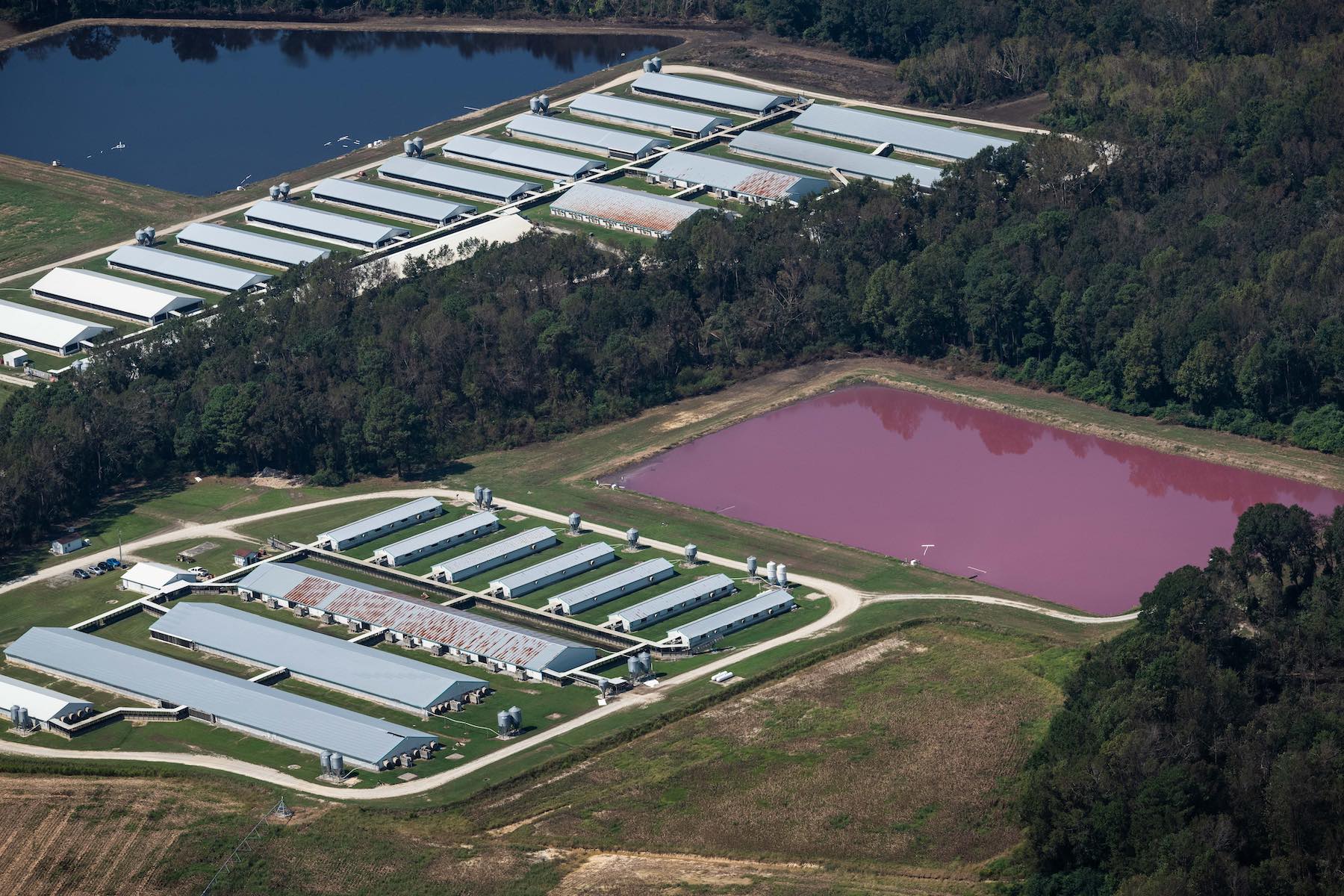
How Does Animal Agriculture Affect Climate Change?
Farmed animals like cows and sheep are known as ruminant animals. Their digestive systems produce huge amounts of concentrated methane, which is released into the atmosphere when they release gas or defecate. When we pack billions of these animals together against their will and feed them grain and soy to fatten them up, the resultant emissions are hugely damaging to the planet.
Methane has a planet warming potential 80 times that of carbon dioxide, but is more short-lived. Methane lasts around 20 years in the atmosphere, which is devastating for short-term warming and speeds up the effects of climate change. This is important because climate change is a crisis humanity is already experiencing. People are already losing their homes and lives to floods, droughts, and famines, which are emerging faster and more frequently than ever. Despite this, the world largely ignores the industries causing the most damage. Impactful change in the short term is absolutely essential to begin tackling this crisis.
If we stopped producing animals for food immediately, we would drastically decrease short-term warming from methane, giving us the breathing space to deal with the more long-term Co2 warming. At this moment, at least 25 percent of all current global warming is caused by human induced methane emissions. We could effectively abolish this, by switching to a plant-based diet.
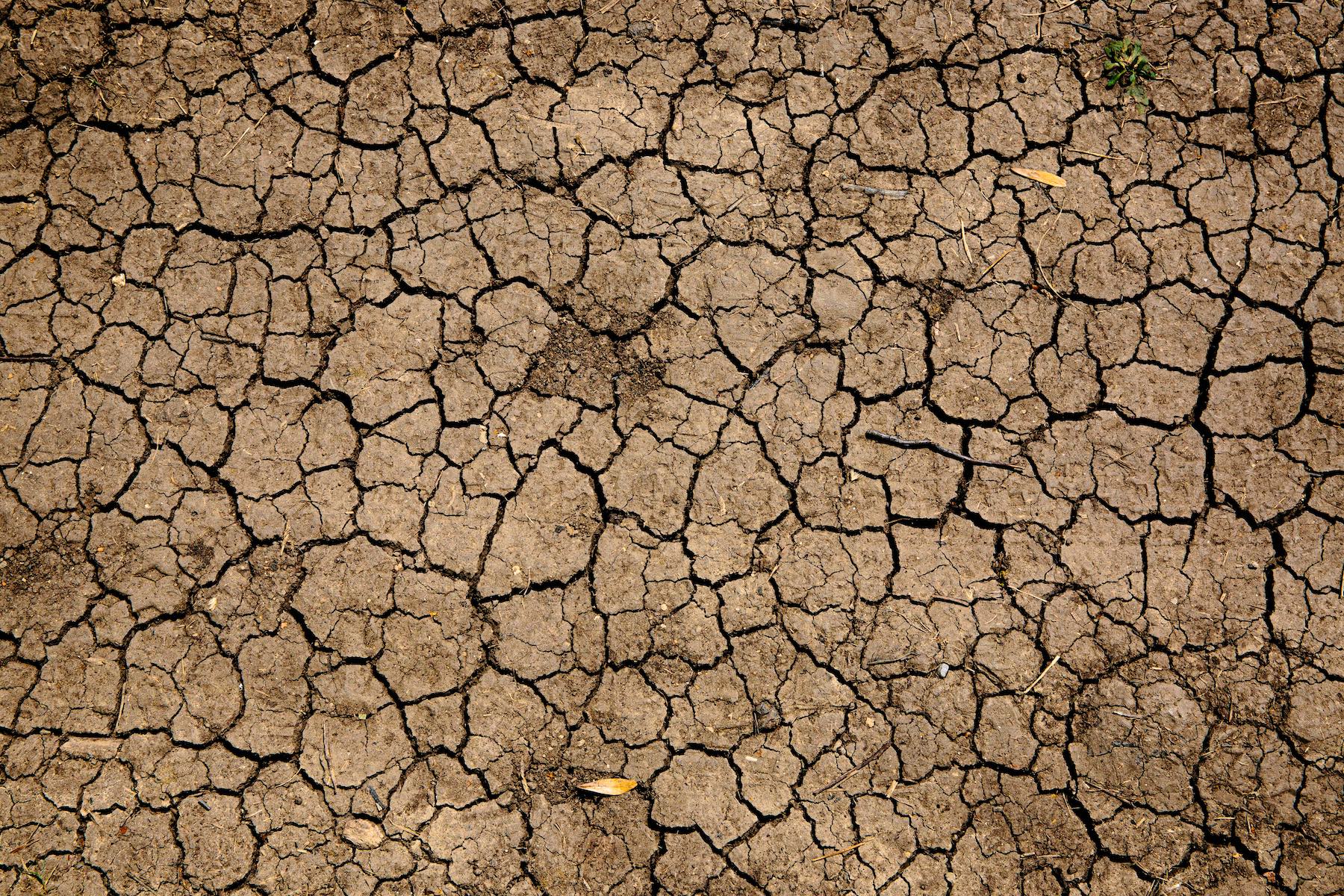
How Much Does Animal Agriculture Contribute To Climate Change?
Short answer: too much, especially when we consider what we get in return and how much animals suffer. Animal agriculture is a hugely inefficient way of producing protein. It takes 75 percent more land and vastly more water to produce the same amount of protein than from plant-based agriculture. So, it is incredibly frustrating that we persist with methods that are destroying the planet, when there are simple, more efficient ways to go.
Percentage Of Greenhouse Gasses From Animal Agriculture
The FAO’s research states that animal agriculture is responsible for 14.5 percent of human-induced GHG emissions. Furthermore, animal agriculture and its associated crop feed and land use, is responsible for almost 60 percent of food-related emissions.
This figure is likely to be more, as it does not factor in the effects of deforestation which is largely driven by animal farming. When forests, biodiversity, and oceans are maimed and destroyed to make way for intensive animal agriculture, we lose their natural life support systems and our main defense against climate change. These systems play a key role in pulling carbon from the atmosphere and protecting ecosystems and living beings from the effects of climate breakdown, so by destroying them, we double down on the impacts of animal agriculture. Some research suggests that the animal farming industry is responsible for up to 87 percent of global emissions when this is factored in.
How Much CO2 Does Animal Agriculture Produce?
As we mentioned, methane is the main culprit here, but methane has a warming potential 80 times higher than CO2. But animal agriculture also produces way more than its fair share of carbon dioxide due to land clearance, feed processing, transportation, slaughter, storage, and packaging. Of course, all food production requires a supply chain, but producing plant-based foods requires the shortest and least polluting. And food miles are actually a very small part of the carbon footprint of food. What we eat is so much more important for the wellbeing of our planet than where it was produced.
The production of meat, milk, and eggs is incredibly wasteful: we get around one third of the calories fed to animals back in meat, milk, and eggs. And that waste ramps up the polluting effects. Farming animals is unsustainable, damaging, and unnecessary.
Animal Agriculture Vs Transportation Pollution
Much is made of reducing emissions from transport. We are encouraged to take public transport, use our cars less, and fly less to reduce our carbon footprint. We are rarely told about the massive impact we can have by changing our dietary choices, yet animal agriculture accounts for more GHG emissions than all forms of global transport combined.
Of course, changing how we travel has a profoundly positive impact, too, but with simple dietary changes, we can double down on this. And this change has other benefits, too, especially for farmed animals, wild animals, and global health.
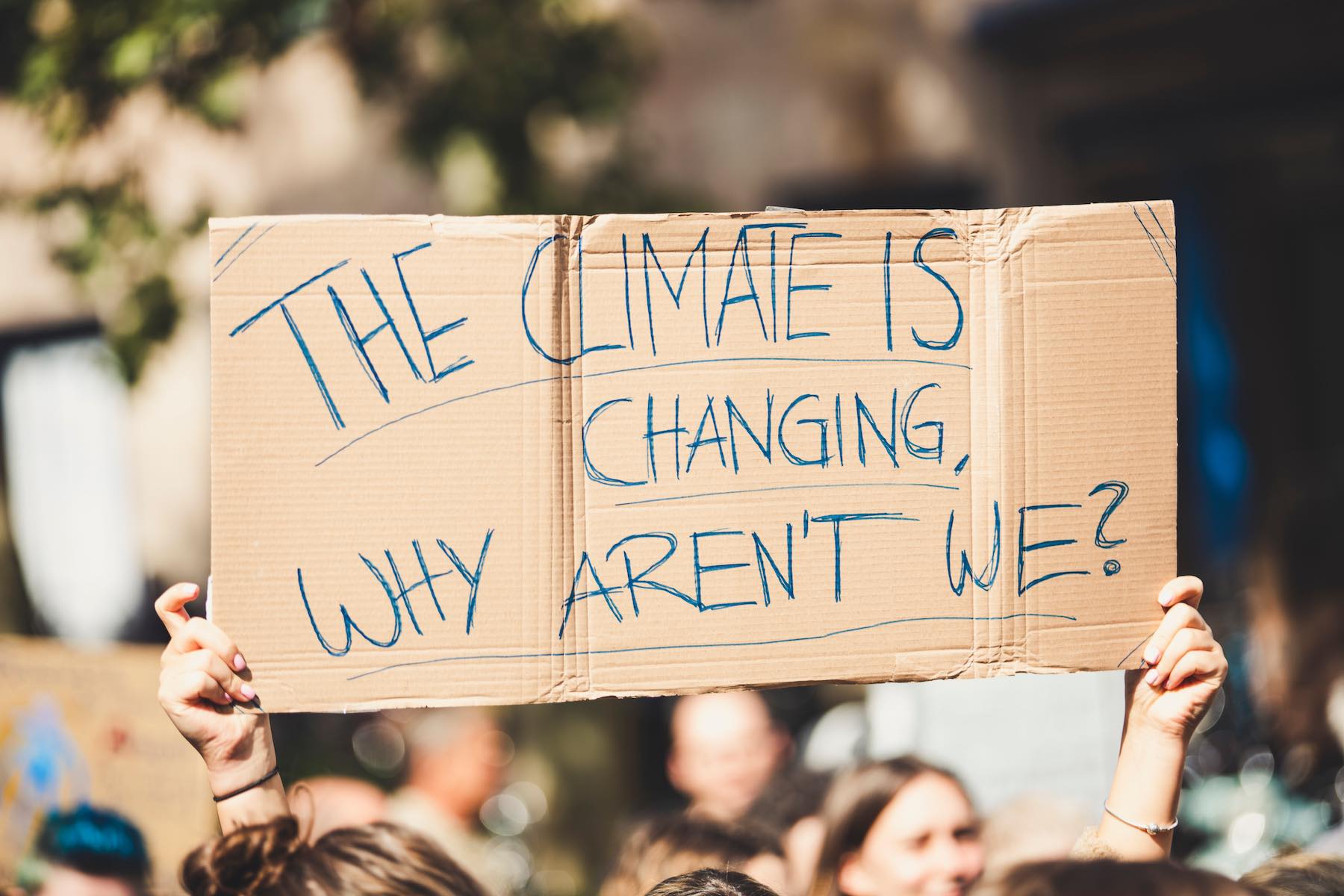
Could Shifting To A Plant-Based Diet Curb Greenhouse Gas Emissions?
Yes, there is no doubt.
Research shows that shifting to a more plant-based diet could reduce the emissions of high income countries by at least 61 percent. A complete shift to plant-based, regenerative agriculture, would free up 75 percent of arable land that could be restored to its natural state. This doubles the benefits, as natural ecosystems safely lock carbon emissions away and restore essential ecosystems that benefit all living things and sustain the planet.
Conclusion
Animal agriculture has long been given an easy ride when it comes to its impact on the planet. But in reality it is a barbaric, unnecessary industry that is one of the leading causes of climate change. It’s time we realized as a society that humans, animals, and the planet would all be better off if we created a plant-based food system.
As individuals, as far as is practical and possible for us, we have the power to choose plant-based food options that the evidence shows are far better for our planet. Whilst our individual choices may seem small, when we all work together, our collec action can change the world.
Our 7-day and 30-day challenges make it even easier to try vegan today and if saving the planet is your main motivation, we have a specific challenge tailored to you! The planet can’t wait much longer, so do something amazing today.
